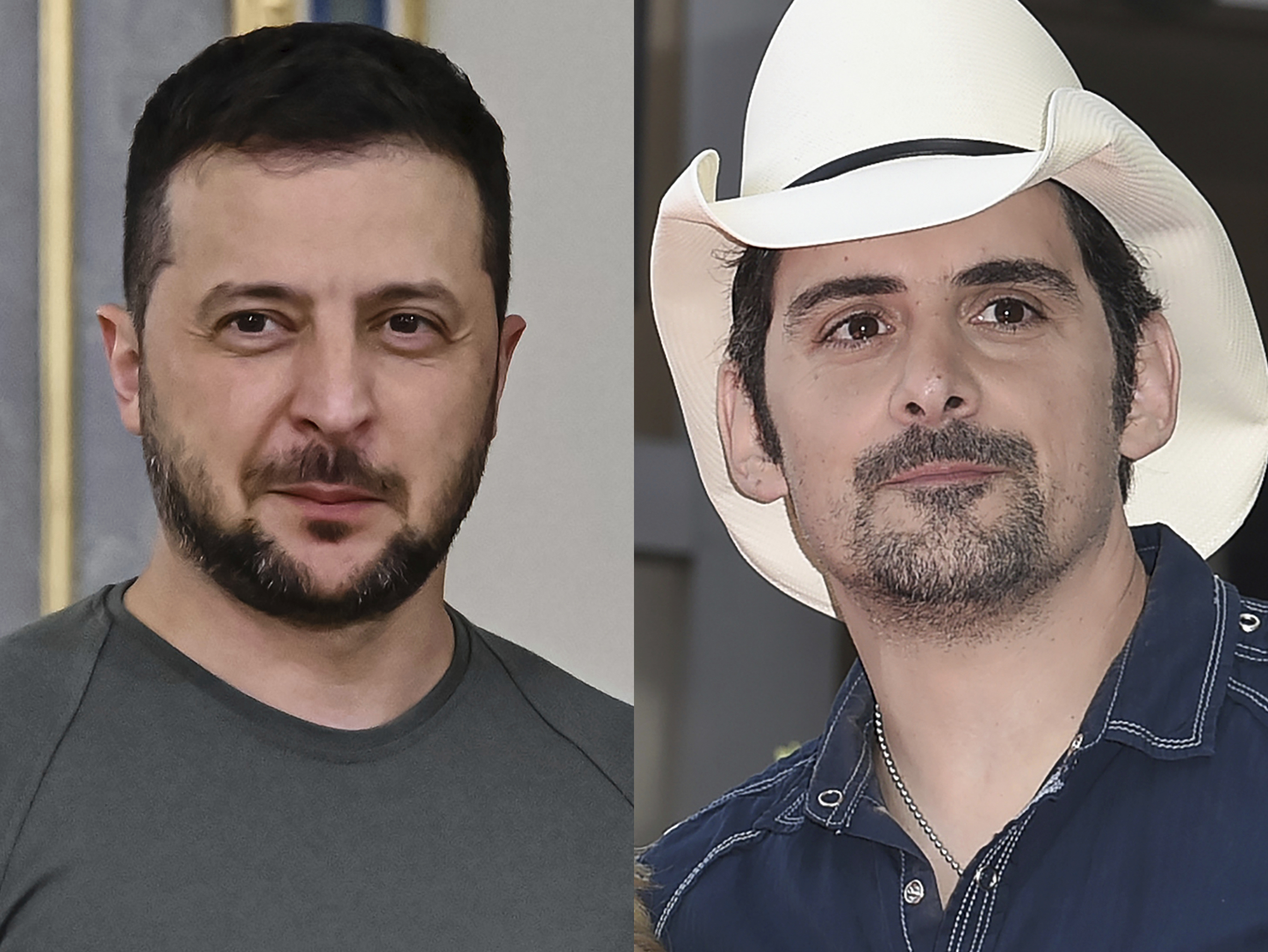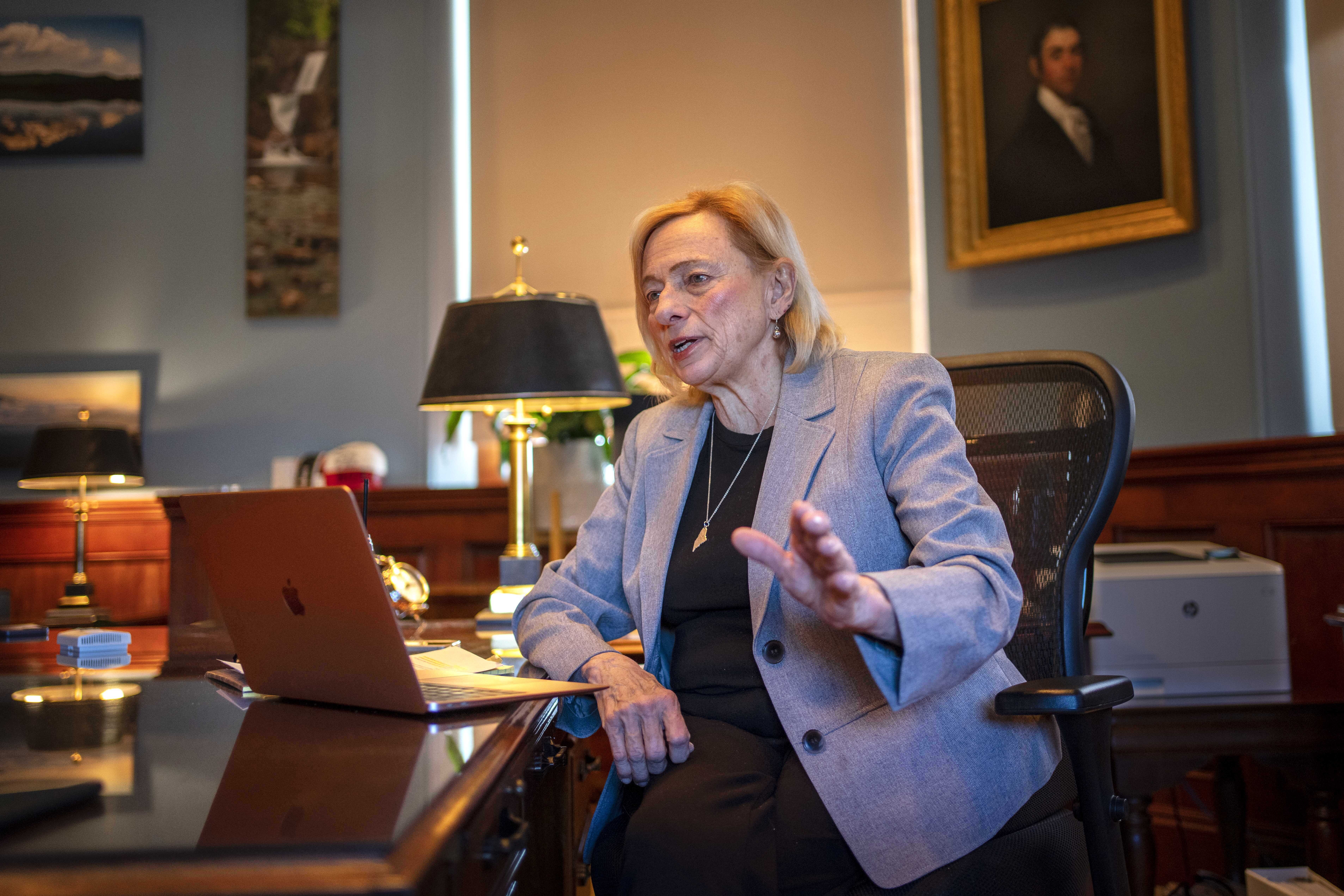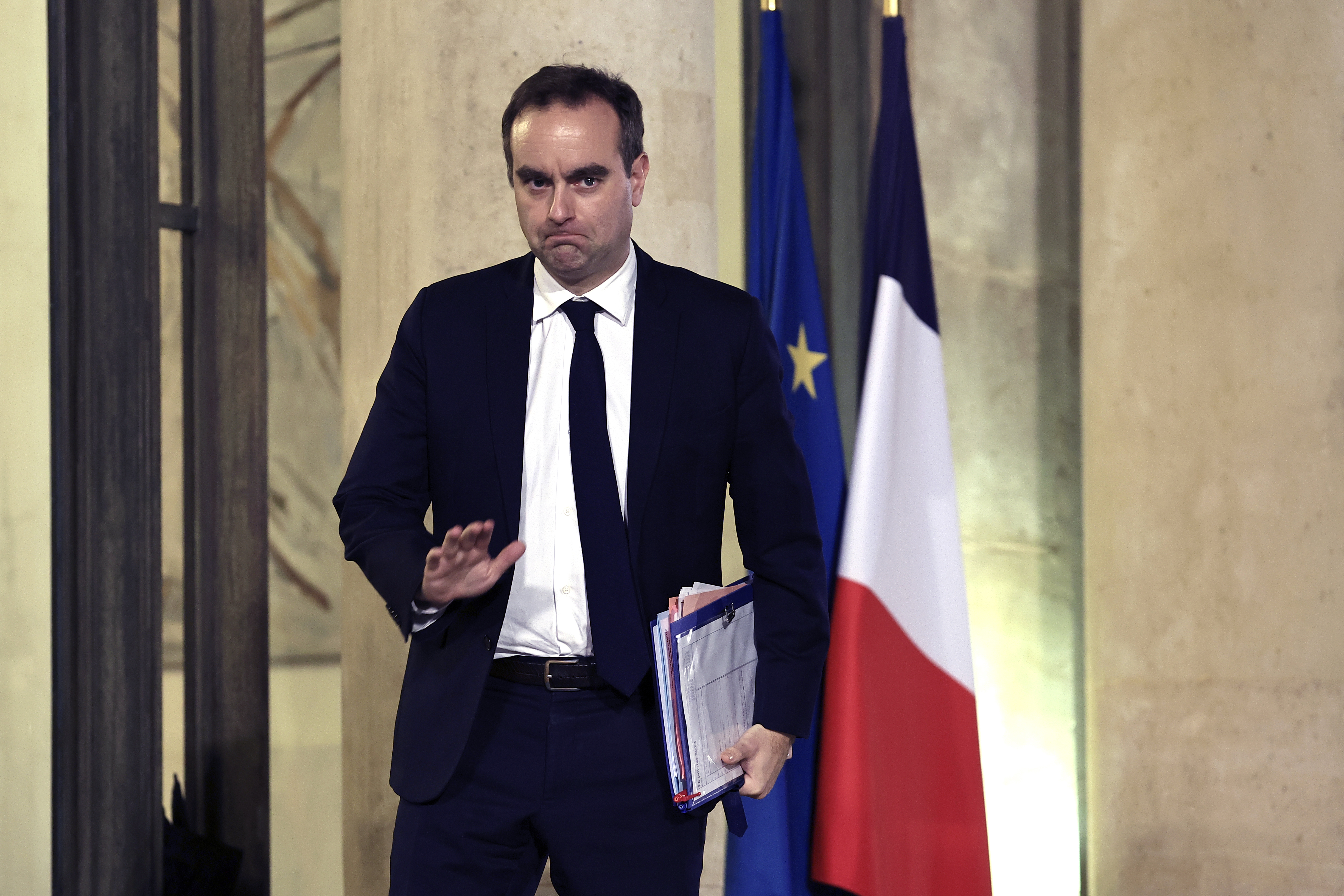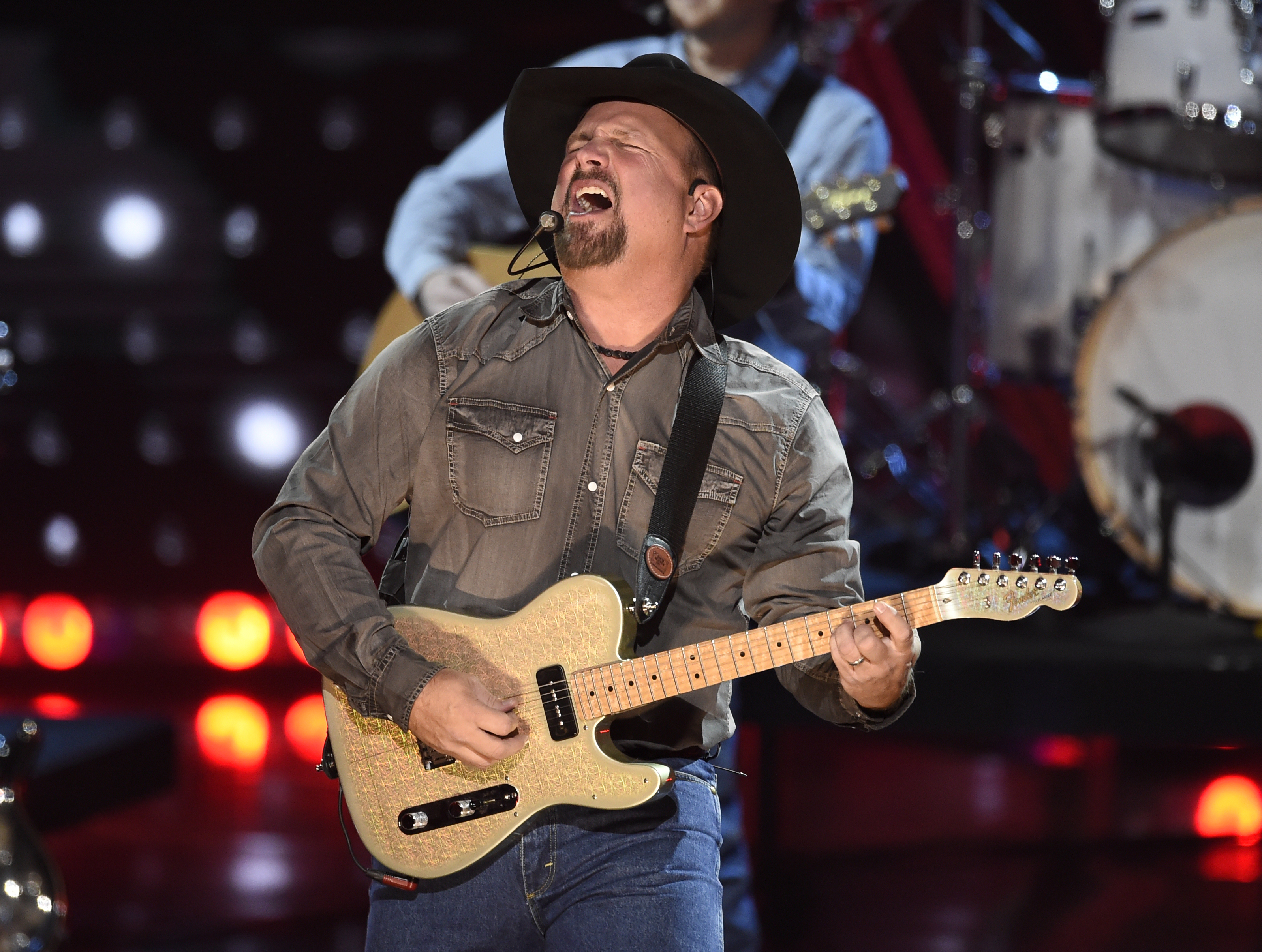The closed-down school on Zenith Avenue in Lubbock was full of first responders Monday, as another batch of Lubbock Fire Fighters were trained in the city’s new active shooter response plan. The plan is over a year in the making, created by coordinated efforts by Lubbock Police, Lubbock Fire and EMS. While each department previously had their own plan in place for how to respond to a shooter, this effort marks the first time that all agencies are creating a plan together.
Lubbock Police has already been trained in this active shooter response plan, now their instructors, including LPD detective Chris Paine are training hundreds of Lubbock Fire personnel in the same procedures. Lubbock Fire began their portion of this training last week, and EverythingLubbock.com got a first look at what the training entails.
Paine explained that active shooter situations in recent years have forced first responders to shift their approach. Specifically, he said that communication problems for first responders in the 2012 shooting in Aurora, Colorado delayed medical treatment for victims.
This new approach Lubbock and cities around the country are adopting allows medical assistance to arrive at the scene while danger is still present.
“Now we don’t wait for an ‘all clear’ before we start treating patients, first responders are willing to go into a dangerous zone and start treating patients medically and to save more lives because of that response. And that all happened specifically because of Aurora, Colorado,” Paine said.
Allowing firefighters to begin triage earlier should result in fewer deaths and life-altering injuries, Paine said. He instructed firefighters, first with strategy in the classroom, then with hands-on-scenarios, on how to respond to high-priority patients, then move them to safety. Paine added that EMS will be involved in the process as well, but their role will be largely to transport victims once they are already away from the active shooter scene.
In the past, Paine said, it may have taken police officers fifteen to twenty minutes to respond with medical care. But with firefighters there to assist, they can provide necessary medical help immediately.
“This just one more example of how Lubbock first responders–meaning police, fire and EMS– are trying to be proactive in our responses to an incident, that to be honest, we haven’t had in our region at any point in time in our history,” Paine said.
He expects that this coordinated plan will remain in place in Lubbock for years.
“I think this is a great step forward for the citizens of Lubbock,” said Steve Holland, Lubbock Fire Division Chief. “We pray every day that we don’t have an incident like this, but we’re very thankful that the two departments have been able to come together and work in such a hand-in-hand fashion, and to know that we, as a city will be able to better protect our citizens.”
Holland explained that having his firefighters trained and ready at the scene will allow Lubbock Police to focus on their responsibilities. Many of the LFR employees are paramedics and can attend to the sorts of severe injuries which might arise in a shooting.
“They’ll be bringing in some specialized kits that have tourniquets and have specialized gauze with anticoagulants in them, so that we can quickly stop any major bleeding that might be caused from a gun shot wound,” Holland said.
Paine explained that once the Lubbock Fire Department is trained, the agencies will have the preparation they need to put their plan into action.
Paine said that many cities around the country are looking into similar policies, he hopes this partnership in Lubbock can inspire other agencies to collaborate.
“[Lubbock is] setting the tone, they’re writing the template and creating that template for other agencies across the region, the state and most importantly the nation to follow, by adding that medical component,” Paine said.










